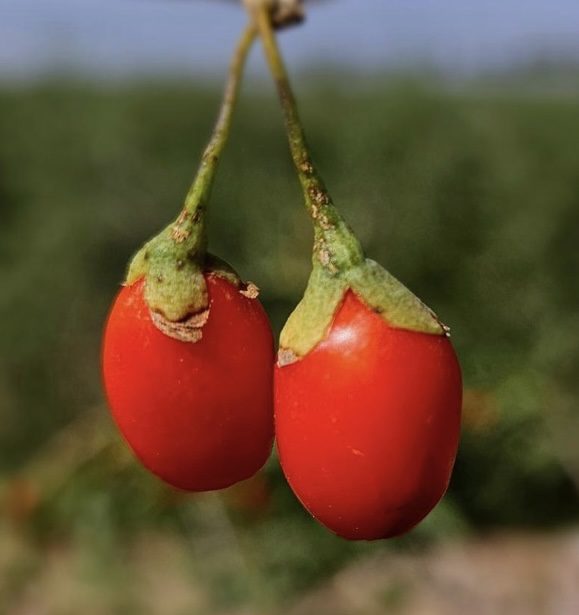In late June and early July of 2024, our executive team embarked on an unforgettable two-week expedition across Mainland China. The primary goal was to deepen our relationship with one of our longest-standing goji berry suppliers and evaluate several promising producers to keep pace with the growing demand for organic goji berries in Europe.
Our company’s success is deeply rooted in goji berries. In the early 2000s, when the demand for superfoods in the U.S. and Europe was just beginning to emerge, we were at the forefront, introducing this nutrient-dense berry to Western markets. Today, we’re proud to say we are the largest importer and wholesaler of organic goji berries in Europe, and our sister company is the largest importer of organic goji berries in the U.S.
Goji Berries: A Deeply Rooted Tradition in China

Goji berries, or Lycium barbarum, have been an integral part of Chinese culture for over 5,000 years, celebrated for their unique sweet-sour flavor and extraordinary health benefits. In China, they are as familiar as seasonal fruits like strawberries, raspberries, or blueberries in Europe. Every summer, during the harvest season from July to September, fresh goji berries fill the aisles of local supermarkets, packaged in small cartons similar to how strawberries are sold in the West.
People consume them fresh, in teas, as a garnish for foods, or even in desserts. These berries are steeped in history, revered not only by commoners but also by emperors, philosophers, and warriors. Chinese mythology even credits the goji berry with granting strength and vitality to legendary heroes. This cultural significance and deep-rooted legacy make goji berries not just a superfood but a symbol of health, longevity, and vitality.
Pioneering in Organic Goji Berry Processing
Our first stop was visiting our main producer, who has been our trusted partner for nearly two decades: His journey began like many other producers in China—cultivating and processing organic goji berries. However, his vision to push beyond the status quo set him apart. He was one of the first producers to consider how the best elements of the goji fruit could be preserved and utilised year-round.
Together with his friend and business partner, he developed a method for extracting goji berry juice, pasteurising it, and bottling it without compromising the berry’s nutritional properties. This innovation positioned him at the forefront of the goji industry. But he didn’t stop there—he soon expanded into new markets, offering goji berry seeds, goji berry oil, and even polysaccharides extracted from the berry’s seed, which are now used in cosmetics, supplements, and pharmaceuticals.
One of his greatest achievements was meeting the rigorous microbiological standards required by the pharmaceutical industry, a level far beyond typical organic certification. His meticulous attention to detail in every step of the process—from cultivation to final packaging—ensured that the goji berries not only met but exceeded European requirements.
The Shift from Ningxia to Qinghai: New Growing Regions

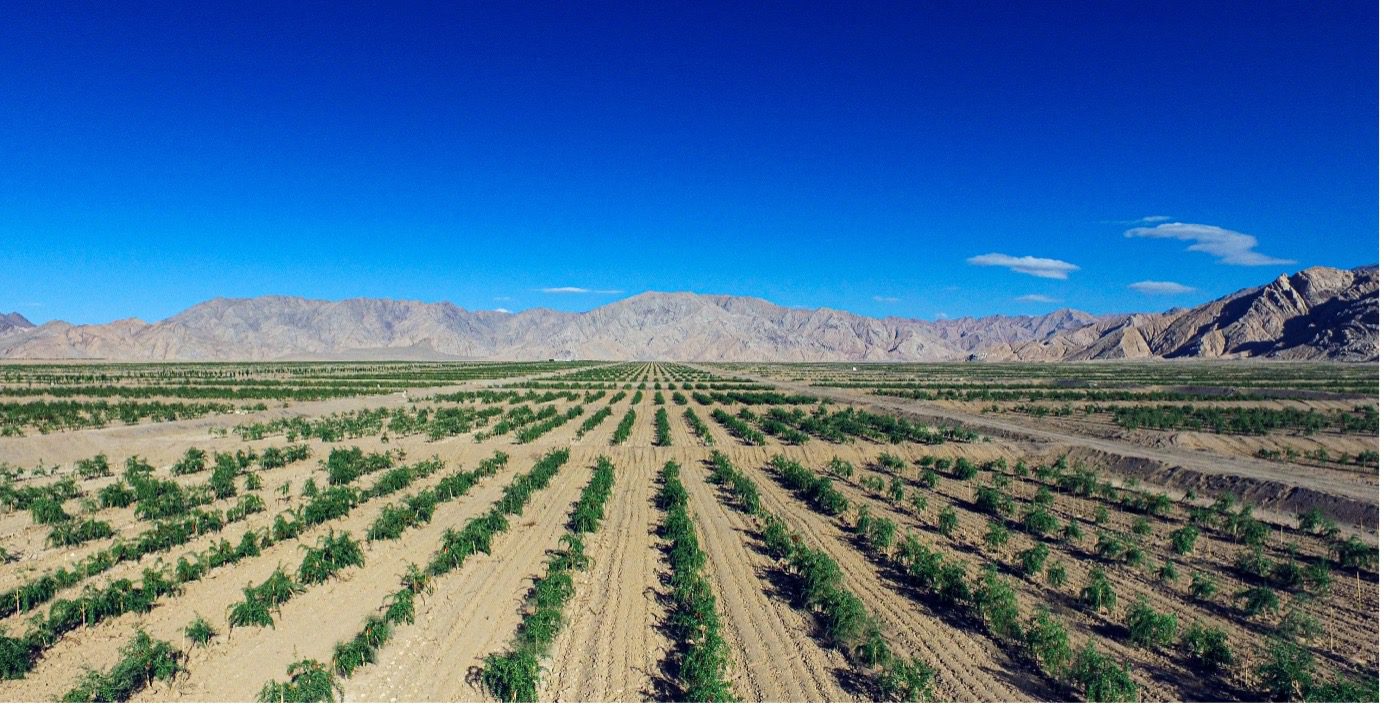
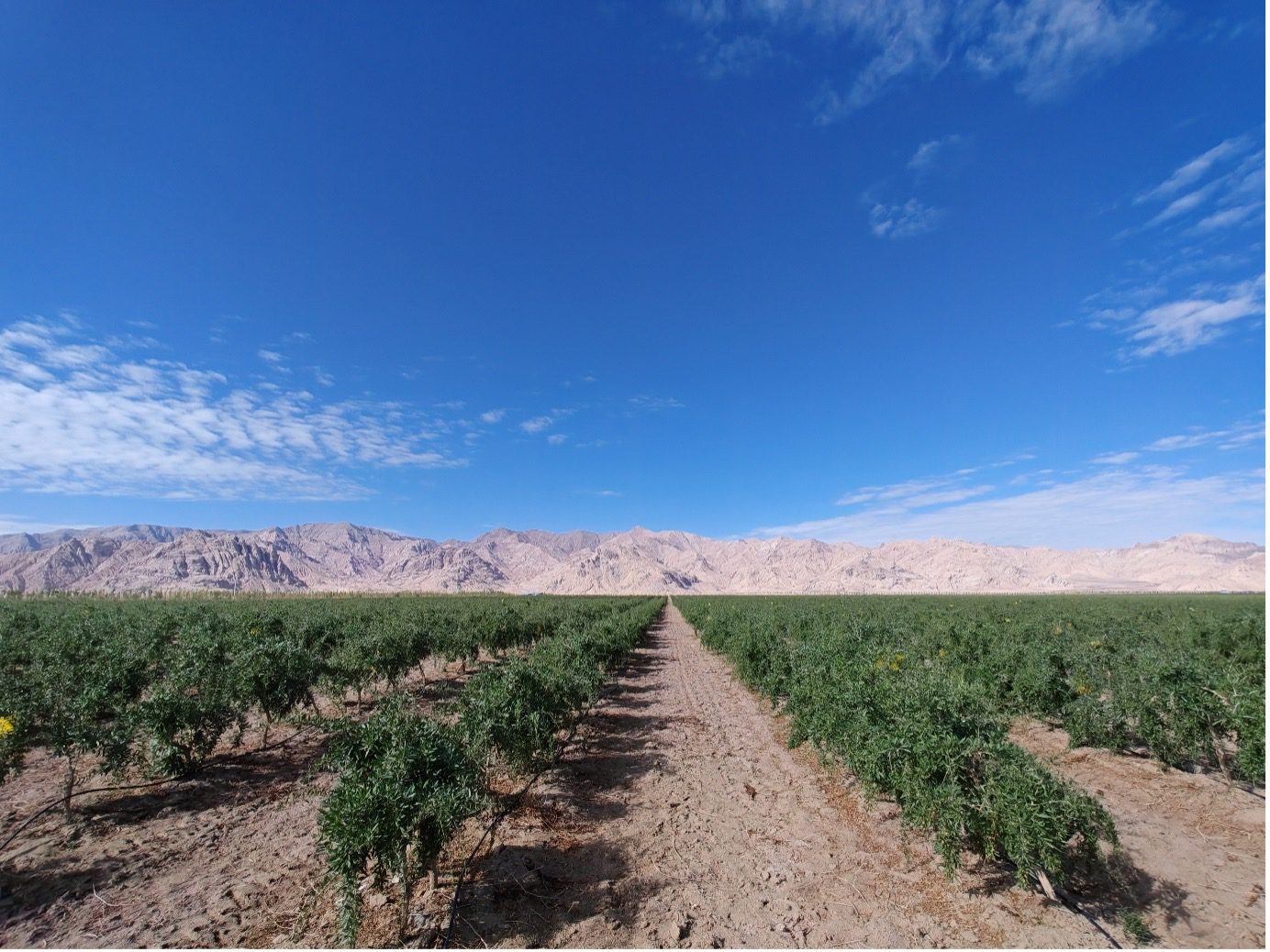
Historically, goji berries are grown in the Ningxia region of North Central China as Ningxia’s arid climate and fertile soils make it an ideal environment for cultivating goji berries. However, as commercial farming has grown in popularity, challenges have emerged—particularly the risk of cross-contamination from neighbouring conventional farms. This has prompted a significant shift in where organic goji berries are grown.
To continue providing the purest, highest-quality berries, producers began exploring new growing regions far from the agricultural activity in Ningxia. We found an ideal location in Qinghai province, about 1,000 kilometers from China’s main agricultural hubs, nestled in the Tibetan Plateau at an altitude of 3,000 to 3,200 meters. Qinghai is a vast, remote province marked by its barren, arid desert lands and surrounding mountains.
The region’s high altitude creates the perfect conditions for growing organic goji berries. Winters are harsh, with heavy snowfalls, spring and autumn are rich in rainfall and summers are hot and dry with lots of sunshine. The trees thrive in the cold, blossoming in the warm summer months under the intense sunlight. This short but powerful growing season results in larger, sweeter, and softer berries than those found in Ningxia. Moreover, Qinghai’s remoteness and barren landscape mean fewer pests and less risk of contamination, making it easier to maintain fully organic crops.
We visited several farms in Qinghai, where producers are using fresh mountain water from snowmelt for irrigation. This clean, untainted water is crucial for growing healthy goji berries. These farms are bringing life to previously barren land through sustainable farming practices.



Ensuring Quality Through State-of-the-Art Processing Procedure
While the growing conditions are essential, the processing steps are just as critical to ensuring the final product meets our high standards. We meticulously inspected several processing facilities during our trip, focusing on the key stages that ensure the berries are safe and retain their nutritional benefits.
The facilities we visited are equipped with multiple washing stations, a combination of oven and sun drying techniques, and state-of-the-art technology for grading, sorting, and cleaning the berries. Sun drying enhances the berries’ natural color and shine, giving them their signature bright red hue, while oven drying allows for precise control over the temperature, ensuring the berries are dried without losing their quality.

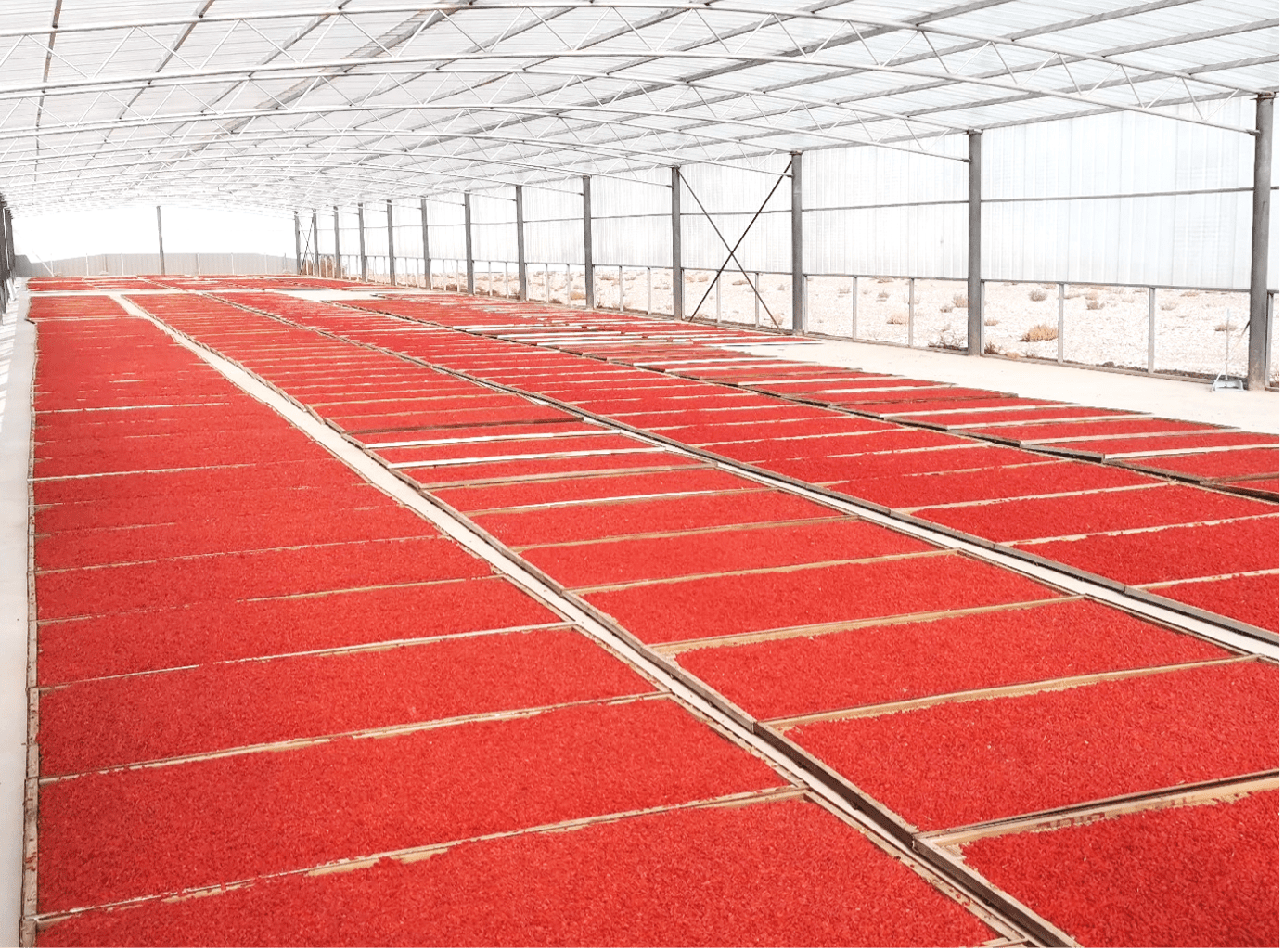
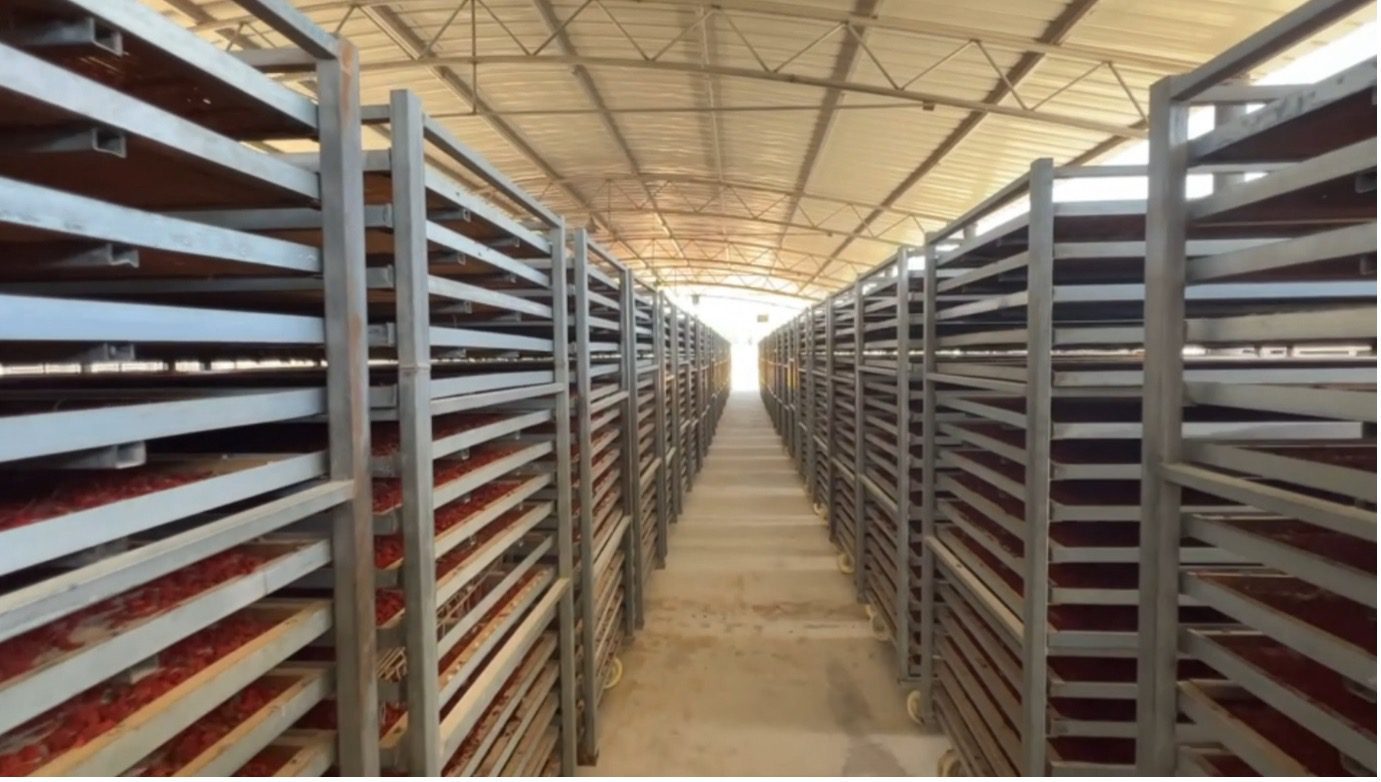
To guarantee food safety, each approved facility includes multiple kill steps including: metal detector and electrostatic hair and particle remover to remove any unwanted small debris. Next are specific sterilisation steps to kill pathogens and reduce overall microbiological activity; onto extra drying and then into the ozone chamber which removes any living oxygen breathing organism. They are then X-rayed to remove potential non-metallic particles such as ceramics, glass, and plastics. Finally, they are manually sorted, packed for shipping, and run through another metal detector before leaving the production facility. These stringent quality control measures ensure that our berries are free from contaminants and ready for human consumption.
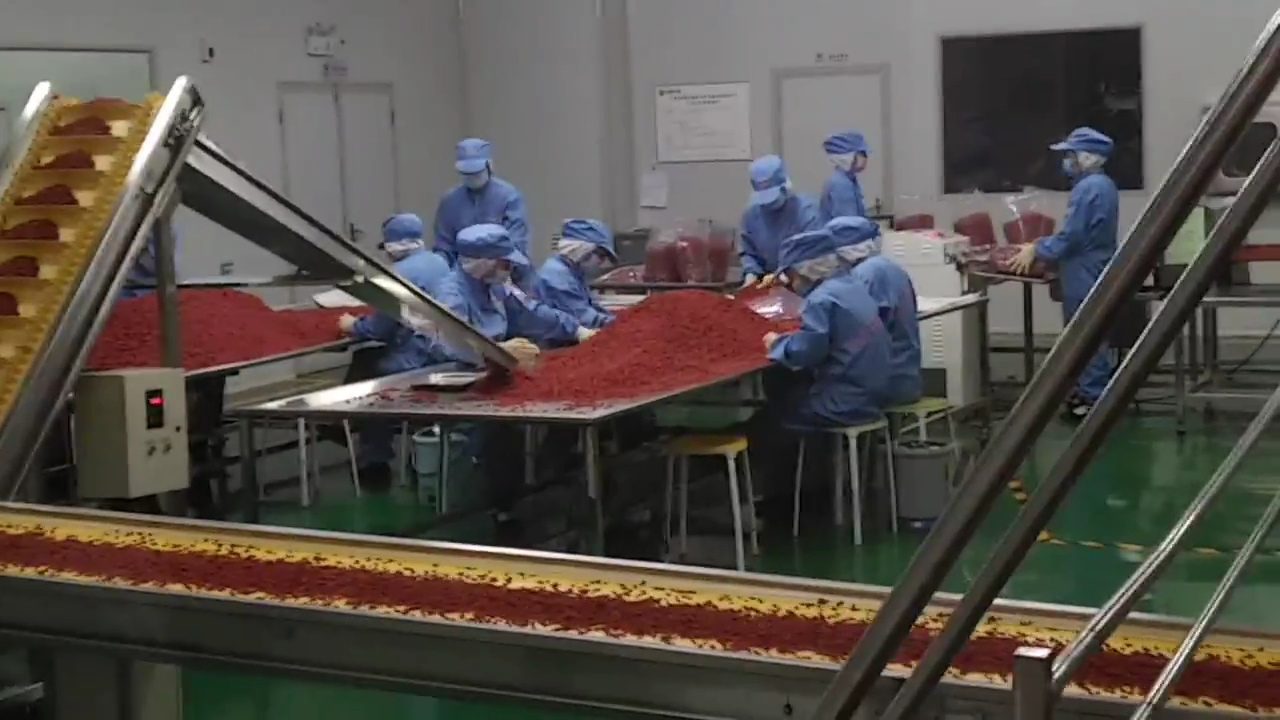

Meeting the Consistent and Growing Demand in Europe

The demand for organic goji berries in Europe has surged in recent years, driven by the growing interest in superfoods and wellness products. To keep pace with this consistent demand, our main goal on this trip was to inspect and reinforce the relationship of our longstanding and stable producer. As a secondary goal we wanted to evaluate additional potential producers and growers in Qinghai who also meet our strict standards and can complement our existing partnership. This includes our commitment to organic farming, sustainability, and food safety. We feel confident now we have the backup to meet the demand for organic goji berries in Europe. Contact us today to get samples and pricing details!
© Copyright Abbott Blackstone International GMBH
